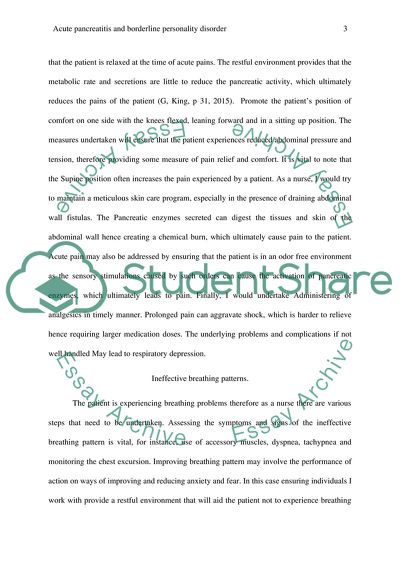Cite this document
(Acute pancretitis and bordeline personality disorder Essay, n.d.)
Acute pancretitis and bordeline personality disorder Essay. https://studentshare.org/nursing/1876730-nursing-interventions-acute-pancreatitis-and-borderline-personality-disorder
Acute pancretitis and bordeline personality disorder Essay. https://studentshare.org/nursing/1876730-nursing-interventions-acute-pancreatitis-and-borderline-personality-disorder
(Acute Pancretitis and Bordeline Personality Disorder Essay)
Acute Pancretitis and Bordeline Personality Disorder Essay. https://studentshare.org/nursing/1876730-nursing-interventions-acute-pancreatitis-and-borderline-personality-disorder.
Acute Pancretitis and Bordeline Personality Disorder Essay. https://studentshare.org/nursing/1876730-nursing-interventions-acute-pancreatitis-and-borderline-personality-disorder.
“Acute Pancretitis and Bordeline Personality Disorder Essay”. https://studentshare.org/nursing/1876730-nursing-interventions-acute-pancreatitis-and-borderline-personality-disorder.


